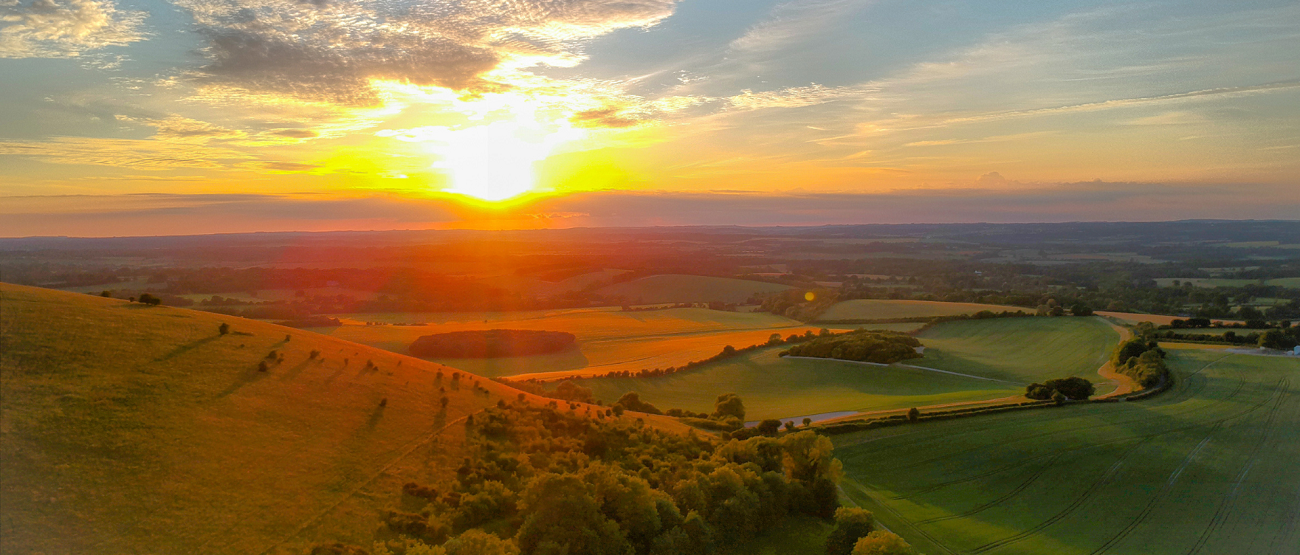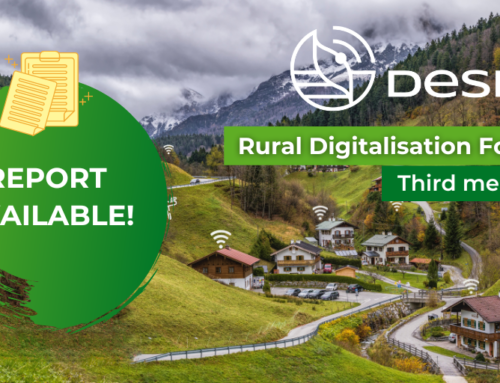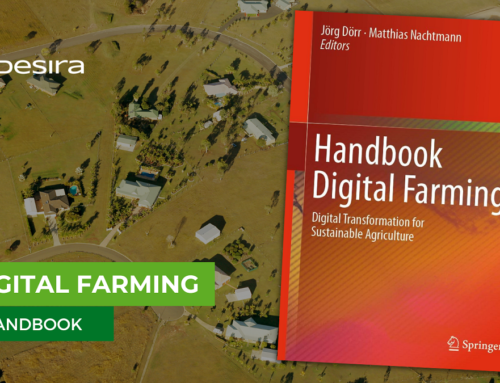
Author: Carla Lostrangio (AEIDL)
Rural areas cover 80% of the EU surface and represent 30% of its population. Yet, today we have very little knowledge about them. What is the current situation of rural areas in Europe? How do main socio-economic trends – such as demographics, COVID-19 – and environmental ones – such as climate change and biodiversity loss – affect them? How do these trends have an impact on rural areas?
This is why a European Rural Observatory has just been launched and we are here to celebrate its official release!
What is the Rural Observatory?
The Rural Observatory is a flagship initiative of the European Union, foreseen in the European Commission’s Long-Term Vision for Rural Areas and developed by the Joint Research Centre in coordination with the European Commission’s DG AGRI and DG REGIO.
This platform provides more and better data about rural areas. In particular, the platform helps visualising how rural areas stand with respect to key economic, social and demographic indicators thanks to interactive maps and graphs. In other words, this tool facilitates “rural proofing” mechanisms by helping policy-makers better consider the rural dimension.
Up to today, the Rural Observatory is structured across four functionalities: Rural focus, My place, Trends and Analysis. It also includes collaborative tools to serve the needs of rural areas and the Rural Pact Community. Several research and innovation projects will be able to contribute to the Rural Observatory, with data and indicators.





